-
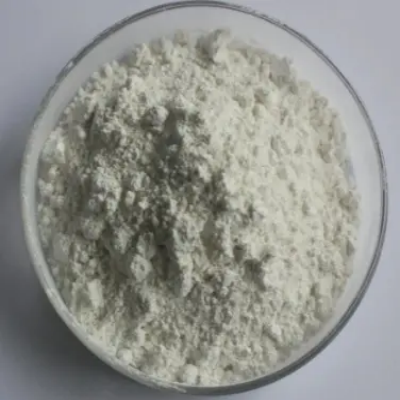
Platinum(II) chloride CAS:10025-65-7
Platinum(II) chloride, also known as platinum dichloride, is a chemical compound with the formula PtCl2. It is a dark brown crystalline solid that is highly reactive and is primarily used as a precursor for various platinum-containing compounds.
-

cis-Diamminediiodoplatinum CAS:15978-93-5
cis-Diamminediiodoplatinum, also known as cisplatin diiodide, is a coordination complex featuring a platinum center coordinated to two ammine ligands and two iodide ions, arranged in a cis configuration. This compound is a derivative of the widely studied anticancer drug cisplatin, and its structure and reactivity have been investigated for their potential applications in medicinal chemistry and materials science.
-

Bis(benzonitrile)dichloroplatinum(II) (II) CAS:15617-19-3
In terms of its applications: Medicinal Chemistry: Bis(benzonitrile)dichloroplatinum(II) has been investigated for its potential as an anticancer agent. Its ability to interact with DNA and induce cell death has been studied, and it shows promise as a candidate for further research in cancer treatment. Catalysis: The compound has been explored for its catalytic properties in organic synthesis. It can act as a catalyst in various chemical reactions, including C-C bond formation and other organ... -
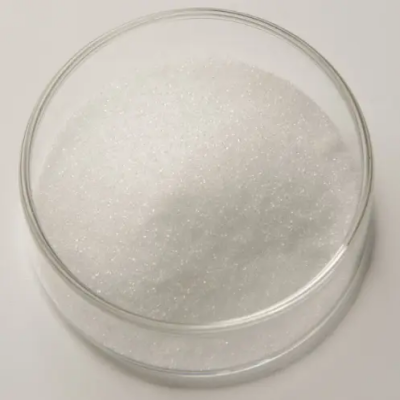
Bis(acetonitrile)dichloroplatinum CAS:13869-38-0
Bis(acetonitrile)dichloroplatinum is a coordination complex consisting of a platinum(II) center coordinated to two acetonitrile ligands and two chloride ions. This compound has been studied for its structural and reactivity properties, and it has potential applications in various fields.
-

Sodium tetrachloroplatinate(II) hydrateCAS:207683-21-4
Sodium tetrachloroplatinate(II) hydrate is a chemical compound with the formula Na2PtCl4·xH2O. It is a yellow-orange crystalline solid and is commonly found as a hydrate with a variable amount of water molecules. This compound is a versatile precursor for the preparation of various platinum-containing compounds and complexes, and it is of interest for its applications in chemical synthesis, catalysis, materials science, and research.
-
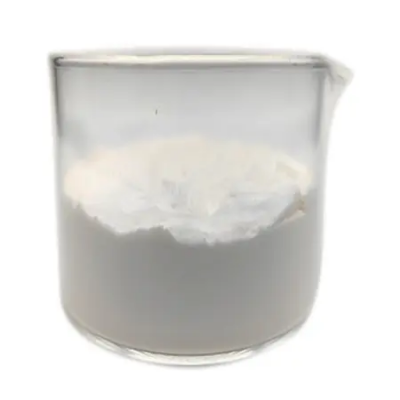
1,1-Cyclobutanedicarboxylatodiammineplatinum (II) CAS:41575-94-4
1,1-Cyclobutanedicarboxylatodiammineplatinum (II), also known as carboplatin, is a coordination complex featuring a platinum center coordinated to two ammine ligands and a cyclobutanedicarboxylate ligand. This compound is a derivative of the widely studied anticancer drug cisplatin, and its structure and reactivity have been investigated for their potential applications in medicinal chemistry and materials science.
-
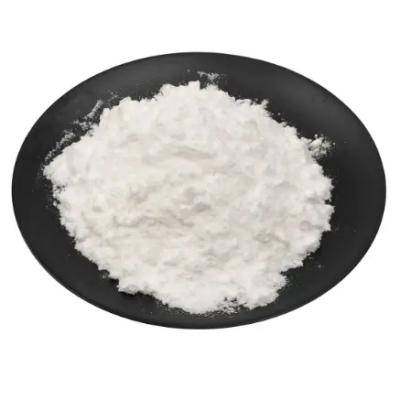
Potassium chloroplatinite (II) CAS:10025-99-7
Potassium chloroplatinite (II), also known as potassium hexachloroplatinate (II), is a chemical compound with the formula K2PtCl6. It is a yellow crystalline solid that is highly soluble in water and is primarily used as a precursor for various platinum-containing compounds.
-

Platinum 2,4-pentanedionate CAS:15170-57-7
Platinum 2,4-pentanedionate, also known as platinum acetylacetonate or platinum(II) acetylacetonate, is a coordination complex consisting of a platinum(II) center coordinated to two acetylacetonate ligands. This compound has been studied for its structural and reactivity properties, and it has potential applications in various fields.
-

Platinum(IV) chloride CAS:13454-96-1
Platinum(IV) chloride, also known as platinum tetrachloride, is a chemical compound with the formula PtCl4. It is a dark red crystalline solid that is highly reactive and is primarily used as a precursor for various platinum-containing compounds.
-
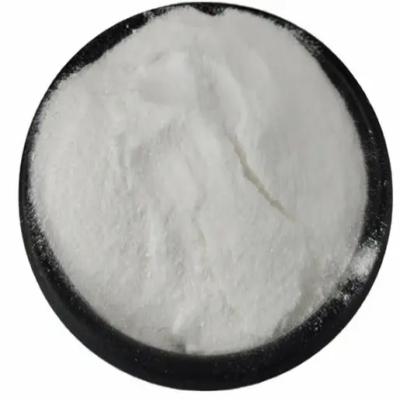
Tetrakis(triphenylphosphine)platinum(0) CAS:14221-02-4
Tetrakis(triphenylphosphine)platinum(0) is a coordination complex featuring a platinum(0) center coordinated to four triphenylphosphine ligands. This compound is notable for its distinctive structure and its role as a versatile precursor in various chemical reactions and materials synthesis. The platinum(0) center, in combination with the phosphine ligands, imparts unique reactivity and coordination properties, leading to its wide-ranging applications in both academic research and industrial settings.
-
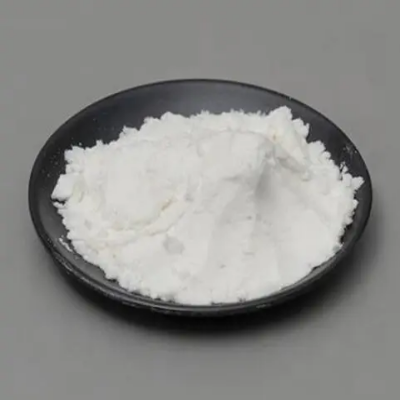
Inositol CAS:87-89-8 Manufacturer Supplier
Inositol is a naturally occurring carbohydrate compound that is often classified as a B-vitamin-like substance, although it is not technically a vitamin. It is commonly found in various foods and is also produced by the human body. Inositol plays a crucial role in the structure of cell membranes and is involved in various cellular signaling pathways.
-
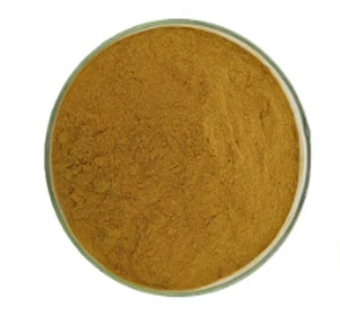
Guarana Extract CAS:84929-28-2
Guarana extract is derived from the seeds of the guarana plant, native to the Amazon basin. It is known for its high caffeine content and has been used for centuries by indigenous tribes for its stimulating properties. Guarana extract is commonly used in energy drinks, dietary supplements, and herbal medicine.

